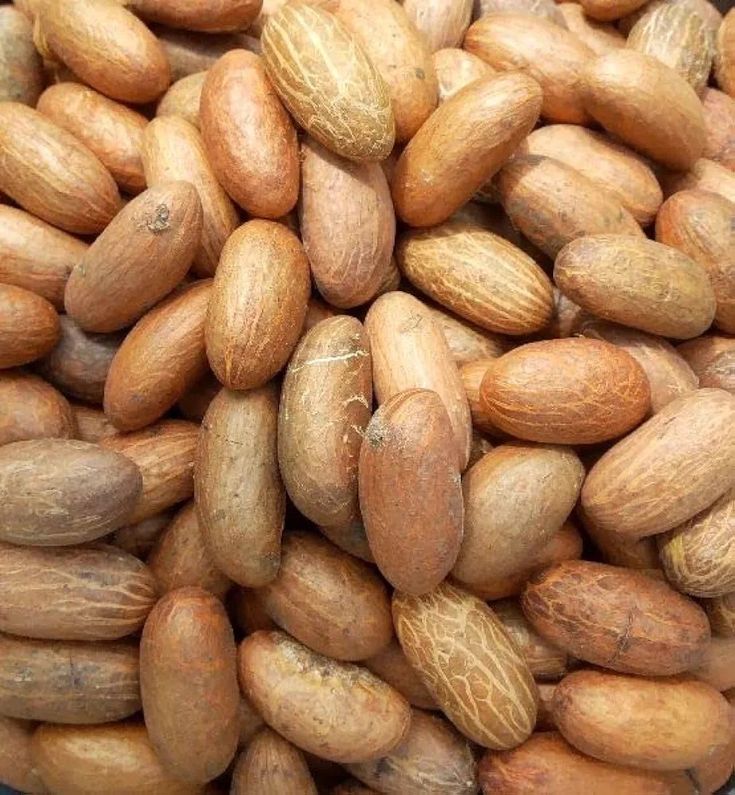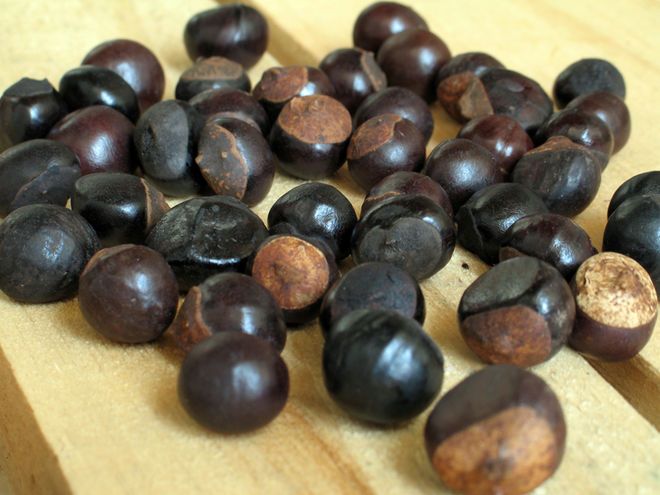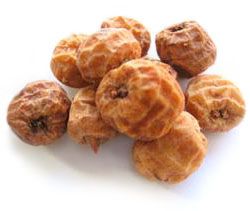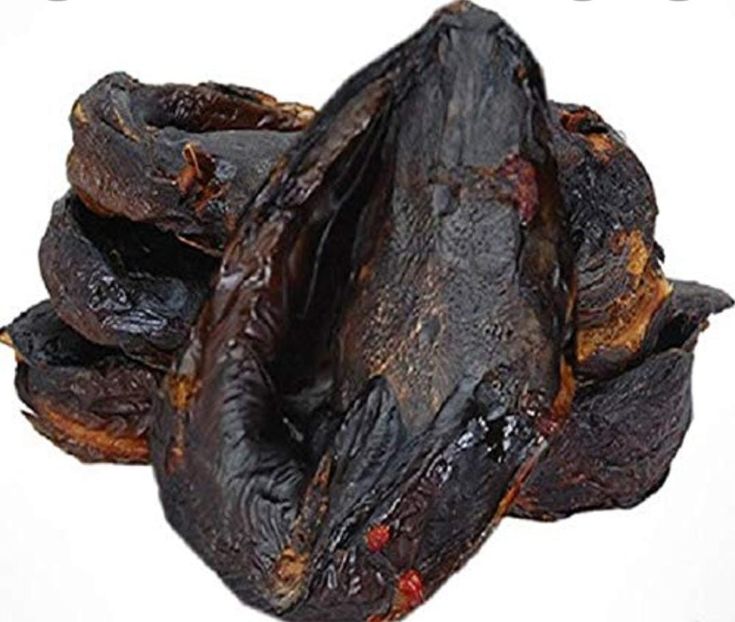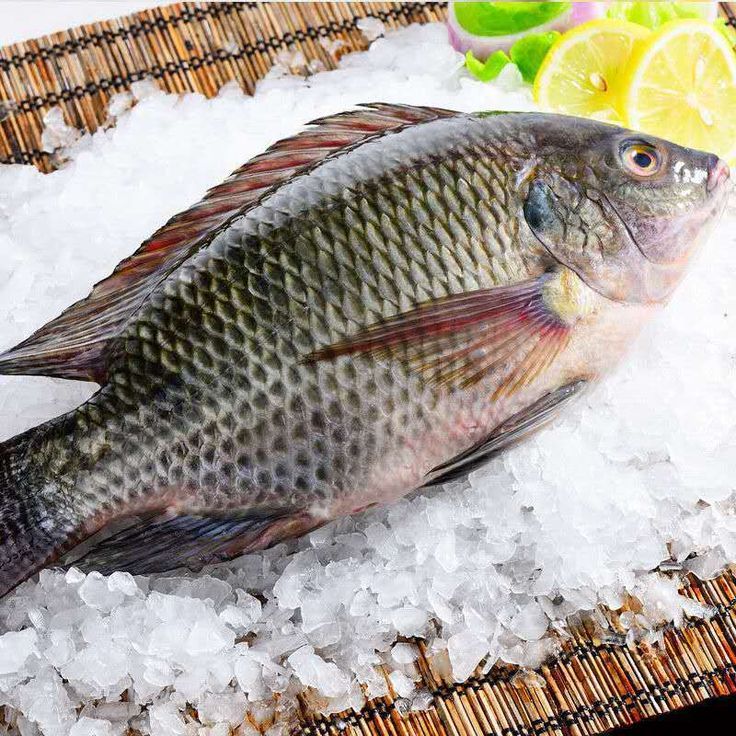What It Is
Sweet potatoes (Ipomoea batatas) are starchy, sweet-tasting root vegetables rich in fiber, vitamins (especially A and C), and minerals. They have a creamy texture when cooked and come in various skin and flesh colors — including orange, white, and purple.

What Export of It Is
Exporting sweet potatoes involves cultivating, sourcing, cleaning, grading, packaging, and shipping the produce to international markets — especially countries with growing demand for African food items such as the UK, US, Canada, Netherlands, and Germany. The export is done in fresh or dried form depending on the target market.
Uses
-
Culinary: Boiled, roasted, fried, baked, or used in porridge, soups, and purees.
-
Flour Production: Dried sweet potatoes can be milled into flour used in baking and baby food.
-
Industrial: Some cosmetic and alcohol companies use extracts in formulations.
-
Animal Feed: Dried peels are also used in animal nutrition.
Export Form
-
Fresh (Whole tubers): Most common export form.
-
Dried Sliced Chips or Cubes: For flour processing or snack production.
-
Powdered Flour: Often demanded in diaspora African and gluten-free markets.
Packaging for Export
-
Fresh tubers: Cleaned, graded, and packed in well-ventilated mesh bags or carton boxes (usually 10–25kg).
-
Dried: Vacuum-sealed in moisture-proof food-grade bags, 5–10kg or as required.
-
Flour: Sealed food-safe plastic or paper bags, often in 1kg–5kg packages, sometimes larger.
International Demand and Key Markets
-
UK and Europe: Large demand among African and Caribbean populations.
-
North America: Health-conscious and African communities.
-
Middle East: Growing demand in Dubai, Qatar, and Saudi Arabia for African produce.
Nutritional Value (Per 100g, boiled)
-
Calories: 86 kcal
-
Carbohydrates: 20g
-
Dietary Fiber: 3g
-
Vitamin A: 283% of Daily Value
-
Vitamin C: 4%
-
Potassium: 337mg
Harvest and Supply Season
-
In Nigeria, sweet potatoes are cultivated in the Middle Belt and northern regions and are available year-round, with peak seasons from August to November and March to May.
Export Process (Simplified)
-
Sourcing: From local farmers or self-cultivated.
-
Inspection: Ensure the roots are free from pests, rot, and deformities.
-
Sorting and Grading: According to size, weight, and appearance.
-
Washing and Drying: Especially for fresh tubers.
-
Packaging: As per buyer’s requirement and international food safety standards.
-
Documentation: Includes phytosanitary certificate, bill of lading, invoice, packing list, and Nigeria Export Promotion Council (NEPC) registration.
-
Shipping: Via sea or air freight depending on urgency and buyer location.

HS Code
-
07142000 – Sweet Potatoes, fresh or dried
Top Producing States in Nigeria
-
Benue
-
Nasarawa
-
Plateau
-
Kaduna
-
Oyo
Export Challenges to Watch For
-
Post-harvest losses due to poor storage
-
Pest infestation (e.g., weevils)
-
Inadequate drying for flour/dried form
-
Incorrect documentation delaying shipments


